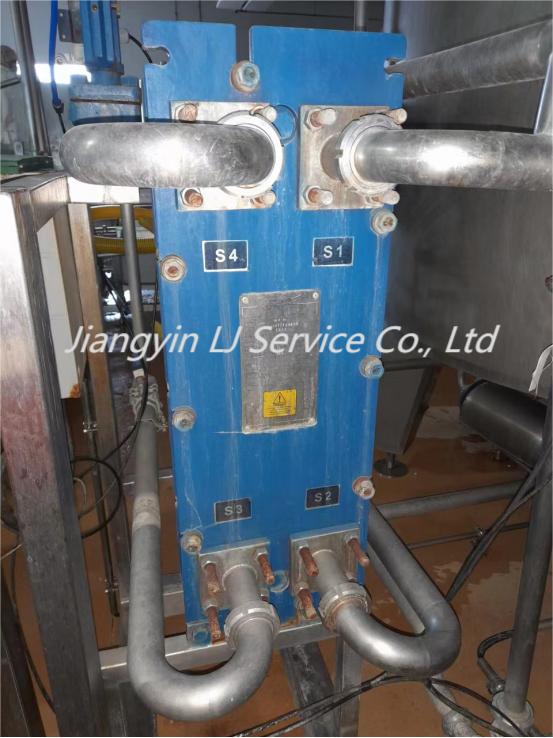Plate heat exchanger Problem Solving
If you have problems with your plate type heat exchanger, in most cases these can be solved by your own personnel. Please find below a summary of possible problems as well as possible causes and solutions.
A condition for the continuous proper functioning of your plate type heat exchanger is in strict compliance with the permissible values for pressure and temperature mentioned on the name plate.
Exceeding these values, even as a short-lasting pressure peaks will cause damage to the unit and be the cause of problems.
To avoid costly repairs, we advise you to have the installation work and maintenance carried out by properly trained personnel. You can also contact us.

Problem | Possible Cause | Possible Solution |
Leakage | At the connections | · Check the rubber liners (if fitted) · Check the flange gasket(if fitted) · Check the O-ring · Fit the pipes tension-free |
Mixing of primary and secondary circuit | · Check the plates for holes and/or cracks | |
In plate package | · Check the assembly · Check the condition of the gaskets · Check the proper position of the gasket | |
The operating Conditions deviate from the specification | · Adjust the operating conditions | |
Insufficient Capacity | Air in the system | · De-aerate the pipe system · Check the pipe work for possible air traps |
The operating conditions deviate from the specification | · Adjust the operating conditions | |
The heat exchanger is dirty | · Clean the heat exchanger | |
The connections have been interchanged | · Redo the pipe work | |
Too high pressure drop | Flow large the design flow | · Adjust the flow |
Channels in plate(s) blocked | · Flush/clean | |
Incorrect measurements | · Check the pressure indicator | |
Medium deviating from the design | · Addition of for instance anti-freeze will increase the pressure drop | |
Air in the system | · De-aerate the pipe system · Check the pipe work for possible air traps |